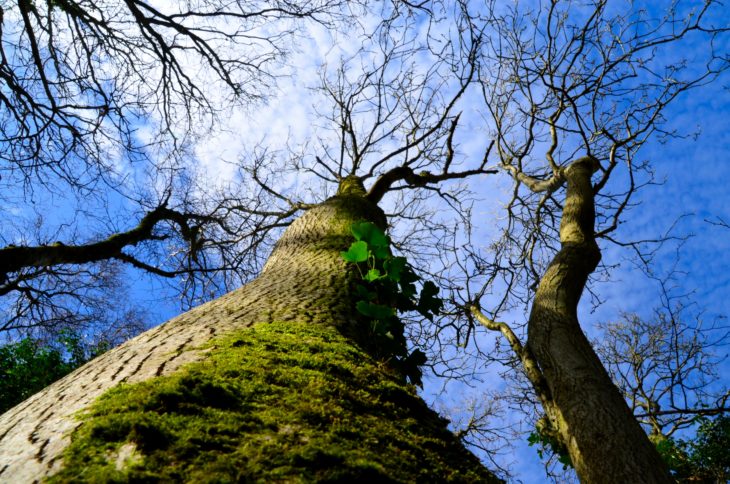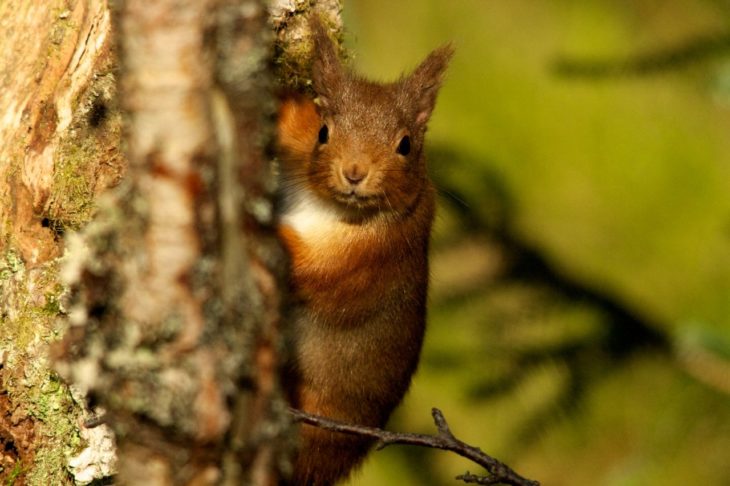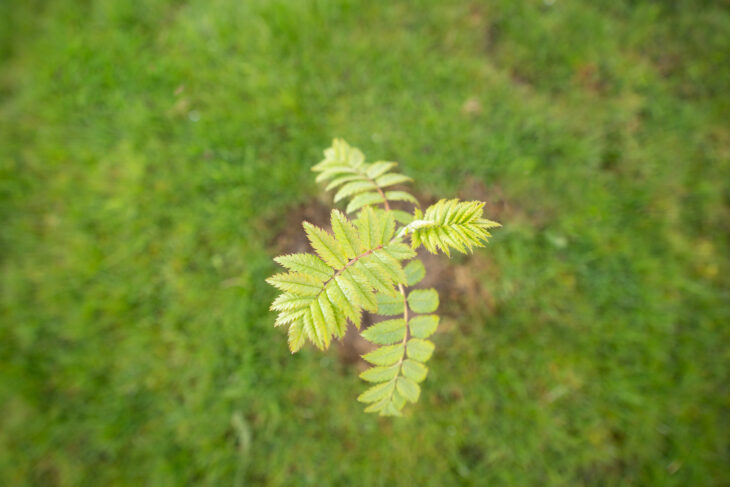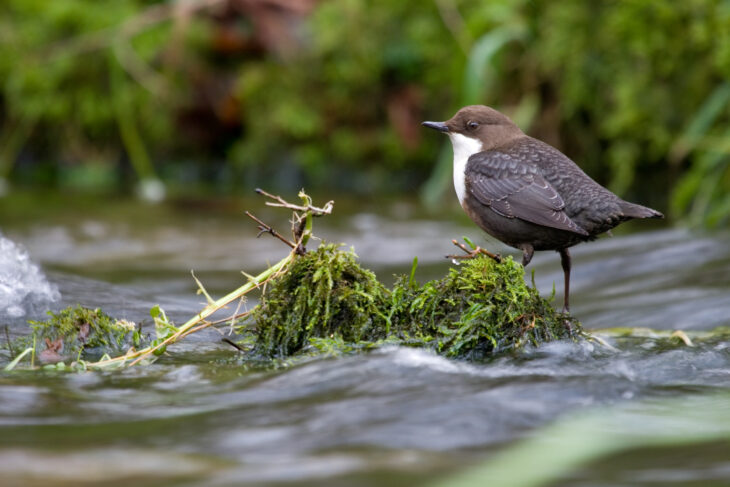Future Grant Support for Forestry
The Scottish Wildlife Trust has recently responded to the Scottish Government’s consultation on “Future Grant Support for Forestry”, which ended on May 17, and it is expected that there will be major changes to grant support in the upcoming years. We believe changes can be made to the new grant support scheme to help Scotland achieve its climate change and biodiversity targets.

Scotland’s forests and woodlands are home to a wide range of wildlife, including 172 protected species such as pine martens, Scottish crossbills, black grouse, capercaillie and an impressive 75% of the UK’s red squirrel population. They are also obviously important for commercial forestry and woodland products as well as tourism and recreation.This makes them places we all enjoy visiting where we have many of our memorable encounters with wildlife.

The Forestry Grant Scheme (FGS) was introduced in 2015 to help create new woodlands in Scotland. To date, the scheme has supported 5,200 projects and 68,000 hectares of new woodland. In the past, some funding has been used to plant non-native tree species. These species can help to capture carbon quickly, which is important for climate change mitigation. However, a more diversified approach to tree planting, with a mix of native species, would help to bring other benefits, such as increased resilience to pests and diseases. The Trust believes that the new grant support scheme has the potential to make a significant contribution to Scotland’s climate change and biodiversity targets. However, it is essential that the scheme is designed and implemented in a way that ensures that these benefits are realised.

The Trust’s main priorities for the new grant support scheme are:
• Supporting the creation of more diverse and resilient forests. This could be achieved by planting and managing a wider range of native tree species, as well as creating forests that are more connected to each other and to other habitats.
• Protecting and enhancing existing woodlands. This could be done by carrying out essential woodland management activities, such as thinning and understory management.
• Enabling riparian woodlands. Rivers are the arteries of our ecosystems. Riparian woodlands can help to improve water quality, regulate water temperature, and reconnect our habitats for a variety of wildlife.

• Tackling invasive non-native species (INNS). This could be achieved by controlling harmful invasive non-native species such as Rhododendron ponticum and grey squirrel. To control INNS, we need to take a multi-pronged approach which includes preventing the introduction of new INNS, eradicating INNS where they are already established and managing INNS to reduce their impact. For example, non-native grey squirrel critically damages young broadleaved trees through bark-stripping and is driving the extinction of our iconic native red squirrel. We need to control the grey squirrel population to save the red squirrel.
• Integrating deer management with wider land use policy areas. Overpopulation of deer is a hindrance to better woodland management. Integrating deer management with wider land use policy areas will help to deliver on a range of nature recovery objectives in Scotland, as well as the policies set in the Climate Change Plan.
The Trust believes that the new grant support scheme has the potential to make a significant contribution to Scotland’s climate change and biodiversity targets. However, it is essential that the scheme is designed and implemented in a way that ensures that these benefits are realised.
You can read our specific asks around grey squirrels and riparian woodlands here.
Danae Orellana, Terrestrial Policy Manager, Scottish Wildlife Trust.
Help protect Scotland’s wildlife
Our work to save Scotland’s wildlife is made possible thanks to the generosity of our members and supporters.
Join today from just £3 a month to help protect the species you love.
Preface
The Scottish Wildlife Trust has recently responded to the Scottish Government’s consultation on “Future Grant Support for Forestry”, which ended on May 17, and it is expected that there will …
